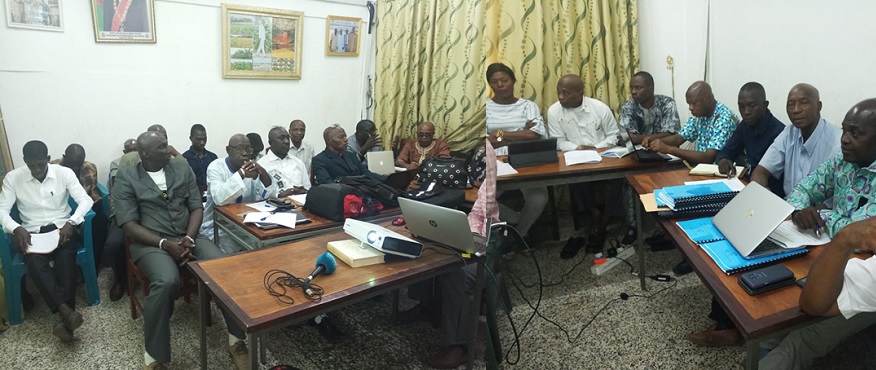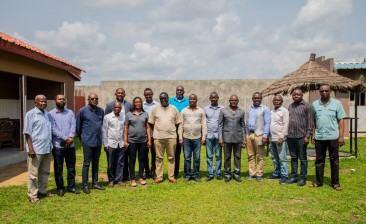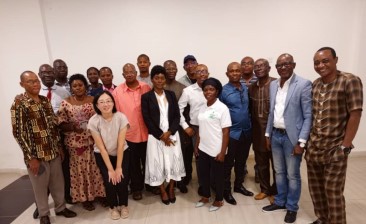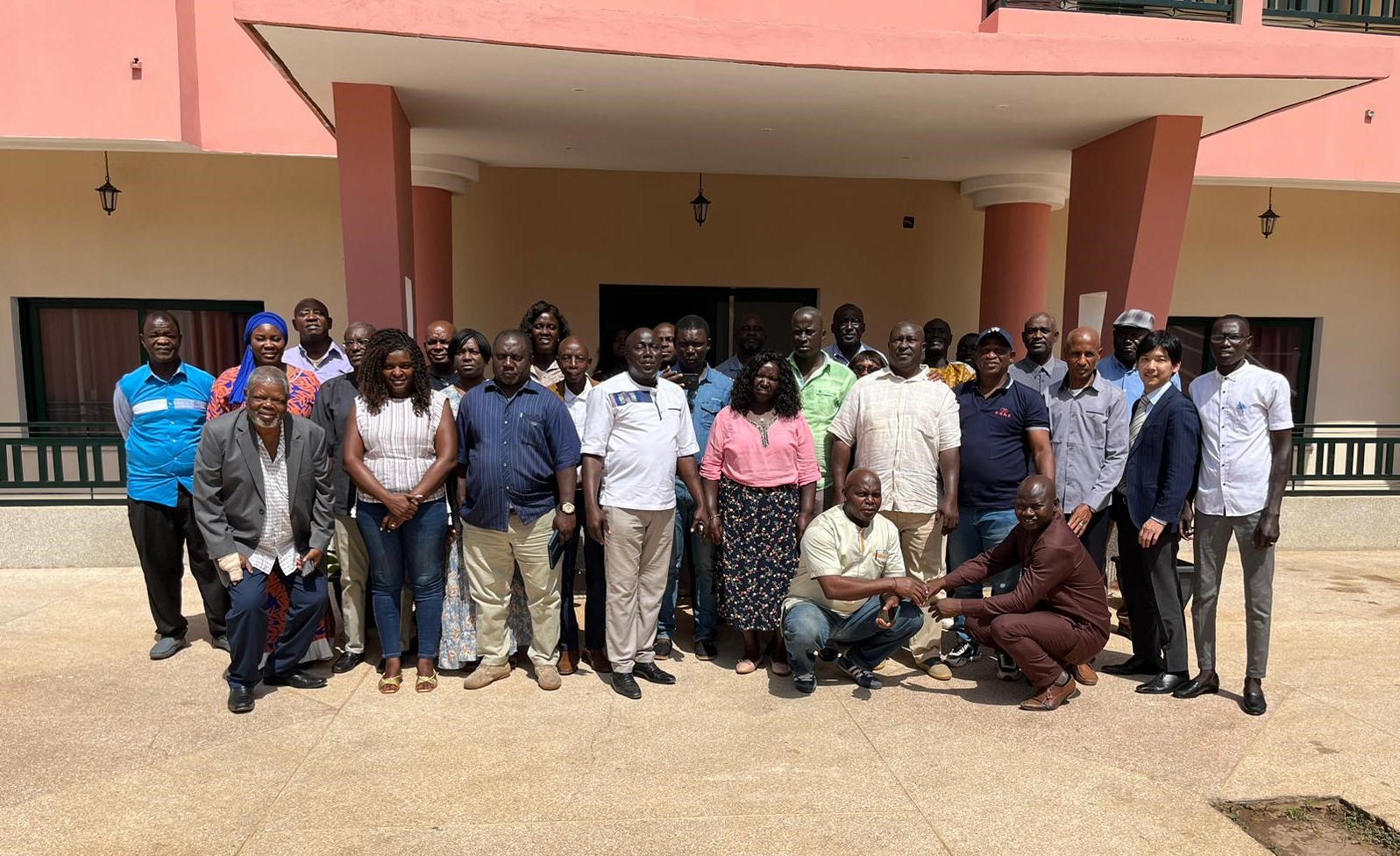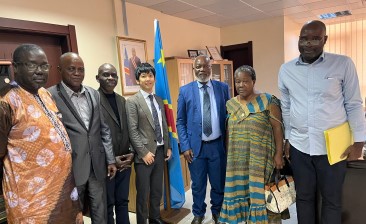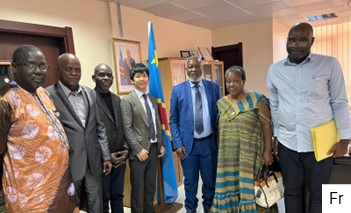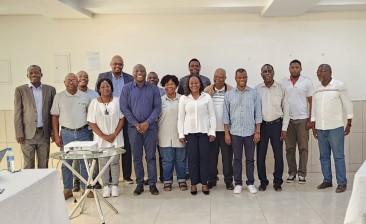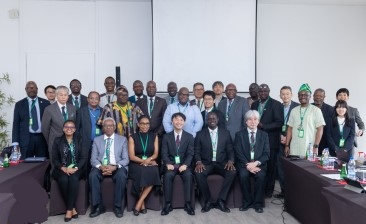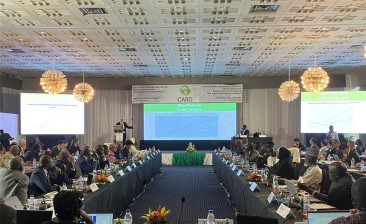Guinea, Feb 2019
2nd working week for NRDS revision was held in Conakry in February 2019
A working week for the development of the NRDS2 (SNRD2 in francophone countries) was held from 2nd to 9th February 2019 in Conakry, Guinea. This activity is the continuation of the first working week organized in July 2018, which allowed obtaining the first elements needed for drafting the SNDR2 (Zero draft).
The attendance of the workshop includes the Director General of the research institute (IRAG), the representatives of the Technical Departments of the Agricultural Ministry, the members of the rice Task Force (TF), the representative of producers’ organizations and a facilitator. The workshop was divided into two parts, a plenary session where the achievements of the first working week were recalled and a group session where the team was subdivided into a working group for the elaboration of the documents.
- Plenary session
During the plenary session, an opening ceremony was held at which the participants were informed of the importance of the work. After that, a detailed presentation of the draft zero of the SNRD2 was made as well as a reminder of the methodology. After the plenary discussions, a methodological approach was adopted for the working group session. In this regard, participants were divided into 3 groups according to their area of competence and experience:
- The first group : rice policy, review of the rice sector, governance and the rice context both nationally and internationally
- The second group : ways and means of paddy production taking into account challenges, opportunities, and priority areas
- The third group : production of quality and competitive local rice
- Working Group Session
During the working group session, the reporter, Mr. Ibrahima Sall (CARD Regional Consultant), facilitated the understanding of the members of the different groups and ensured the monitoring so that the different groups could work at the same pace. The members of the TF agreed first on the social business model (SBM) to adopt in terms of production, processing, and marketing. With this SBM, they also agreed on the target of SNRD2 by establishing realistic trajectory based on the present production figures. In this regard, they determined 1) quantity of certified seed and fertilizer required, 2) areas under irrigation to be developed, 3) areas for rainfed rice to be cultivated and 4) the number of processing units to be newly installed or upgraded, 6) other necessary support (on-farm training, access to mechanized tools, access to finance, rural road development, storage facilities, and R&D, etc.) needed to achieve the target.
- Debriefing with the representative, the Director General (DG) of BSD
At the end of the working group session, results of the works were shared with the representative of the Ministry of Agriculture. During this session, it was stated that the objective of the strategy was to produce 5 million tons in 2030. This objective is in line with that of PNIASAN (National Agriculture Investment Programme) which aims to produce 4.6 million tons in 2025.
